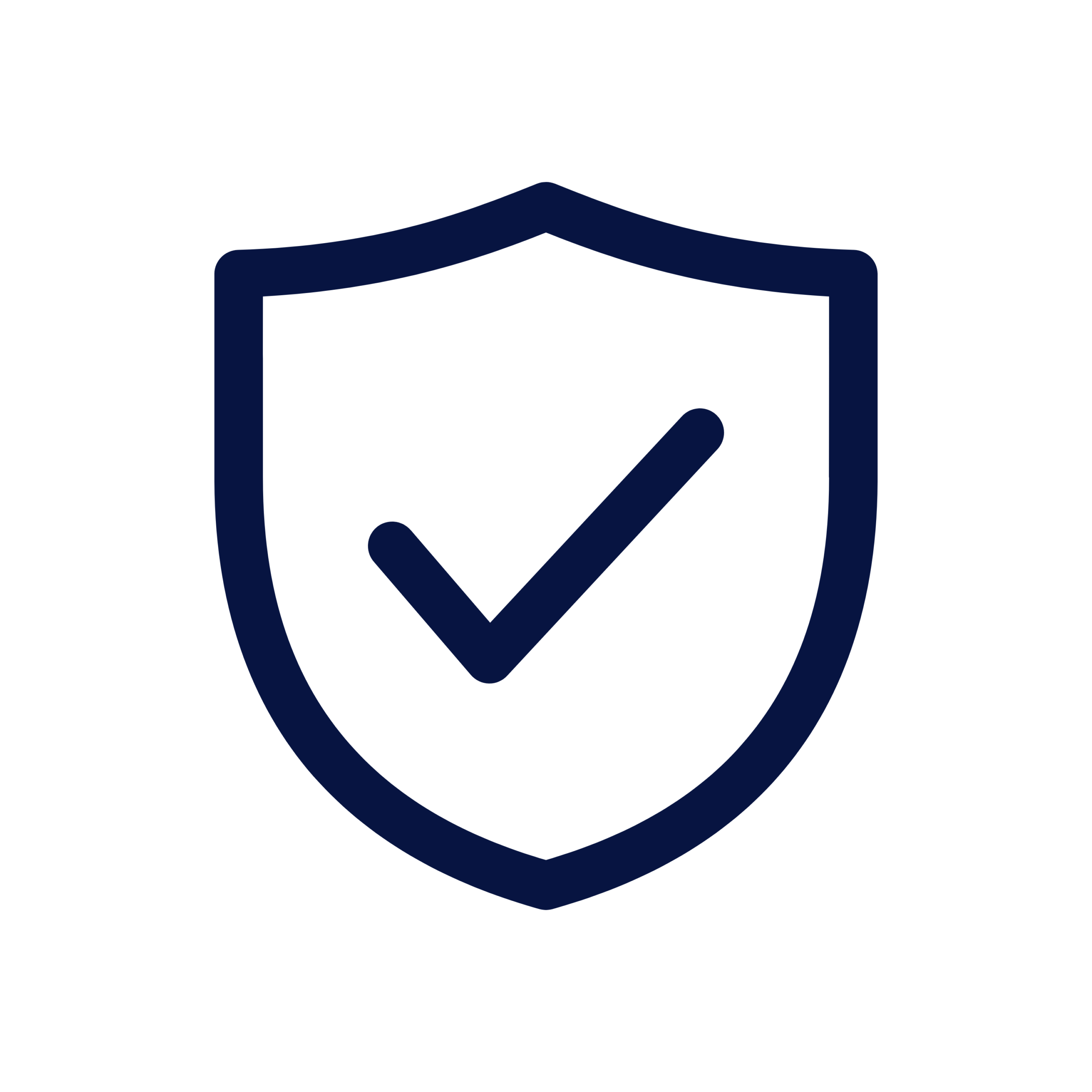If you trade, report, or bank across borders, you have likely asked yourself what is an LEI and whether your company needs one. This guide explains the Legal Entity Identifier in plain English, shows why it matters, and outlines how to register fast.
In this guide:
- What is an LEI? (simple definition)
- Why companies need an LEI
- How the LEI code is structured
- Who issues and governs LEIs
- What you need to register
- LEI registration steps
- Annual renewal and data quality
- Quick FAQ
What is an LEI? (simple definition)
An LEI, or Legal Entity Identifier, is a unique 20-character code for companies and organizations that engage in financial transactions. Put simply, it answers two questions: who is who, and who owns whom. Therefore, regulators, banks, trading venues, and service providers can reliably identify entities worldwide.
Because the code is standardized globally, it reduces confusion caused by local company numbers and varying naming conventions. In short, the LEI makes cross-border identification easier, safer, and faster.
Why companies need an LEI
Most firms obtain an LEI to meet regulatory reporting rules or to onboard with banks and counterparties. However, benefits go beyond compliance. With an LEI, you streamline KYC, speed up account opening, and avoid settlement delays. Moreover, partners can immediately verify your identity in public LEI databases, which builds trust.
| Use Case | What the LEI enables |
|---|---|
| Trade reporting | Consistent counterparty IDs for accurate, comparable reports |
| Bank onboarding | Faster KYC and screening across jurisdictions |
| Risk management | Clearer visibility into ownership structures |
| Operational efficiency | Less manual reconciliation and fewer errors |
Good to know: Many jurisdictions require an LEI for derivatives reporting and other regulated activities. Requirements vary, yet the LEI remains the common global identifier.
How the LEI code is structured
The LEI consists of 20 alphanumeric characters:
- Characters 1–4: Prefix identifying the issuing organization.
- Characters 5–18: Entity-specific identifier assigned on issuance.
- Characters 19–20: Check digits used for data integrity.
This structure ensures uniqueness and allows automated validation. Consequently, systems can detect typos and reject malformed entries early.
Who issues and governs LEIs
Local Operating Units (LOUs) issue LEIs and validate company data. Meanwhile, the Global Legal Entity Identifier Foundation (GLEIF) oversees the system, accredits issuers, and maintains the open LEI database. For authoritative governance details and technical standards, see the Global Legal Entity Identifier Foundation.
What you need to register
Registration is straightforward. Nevertheless, having the right documents ready will save time. Typically, you will provide:
- Legal name and registered address
- Local company number (e.g., trade registry or business ID)
- Incorporation jurisdiction
- Authorized signatory details
- Parent company information, if applicable (direct and ultimate)
Because issuers must verify reference and ownership data, they may request supporting documents. As a result, clear, up-to-date records help you complete the process quickly.
LEI registration steps
- Prepare entity details. Gather legal name, registry number, address, and signatory info. Additionally, confirm parent relationships.
- Choose an accredited issuer. Pick a provider accredited by GLEIF. Therefore, your code and data will appear in the global database.
- Submit the application. Enter details accurately. Then upload requested evidence so verification can proceed without back-and-forth.
- Verify and receive the LEI. The issuer checks records and issues your 20-character code. Often, same-day issuance is possible with complete data.
- Publish and use the LEI. Share it with banks, trading venues, and reporting platforms. Consequently, processes that require entity identification become faster.
Annual renewal and data quality
LEIs do not expire as identifiers, yet their data must be renewed annually. Because company details change, renewal keeps records accurate. Furthermore, many platforms flag non-current LEIs, which can slow onboarding and reporting. Therefore, schedule renewal before the anniversary date to avoid disruptions.
Quick FAQ
What is an LEI used for?
It identifies your company in financial transactions, regulatory reports, and KYC processes. Hence, you reduce confusion and improve trust.
Who needs an LEI?
Financial counterparties, trading entities, and many companies interacting with banks or markets. Still, even firms without a strict mandate benefit from smoother onboarding.
How long does registration take?
Timelines vary by issuer and jurisdiction. With complete, verifiable information, processing often completes within one business day.
Do I have to renew every year?
Yes. Renewal confirms that your reference and ownership data remain current. Consequently, your code stays “active” and widely accepted.
Guide: What is an LEI — Everything You Need to Know.
Learn more:
